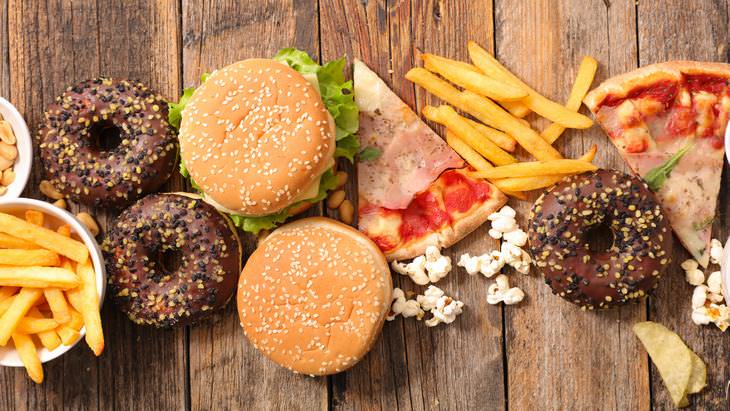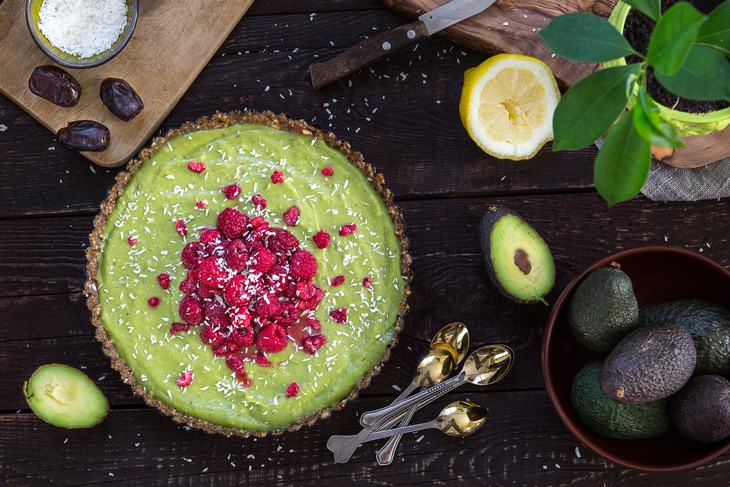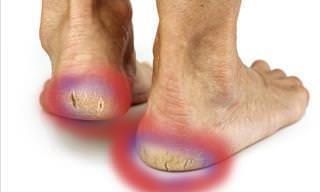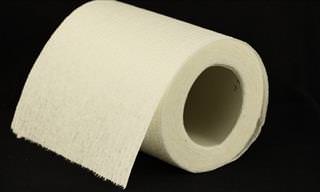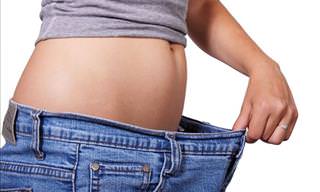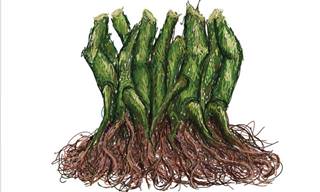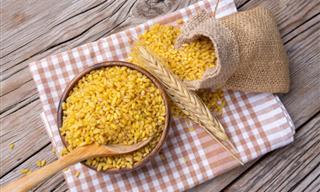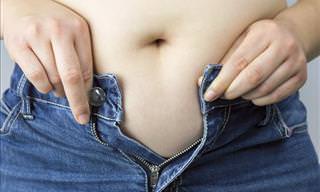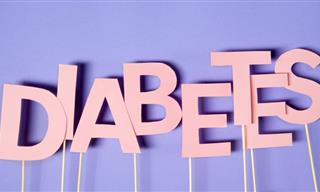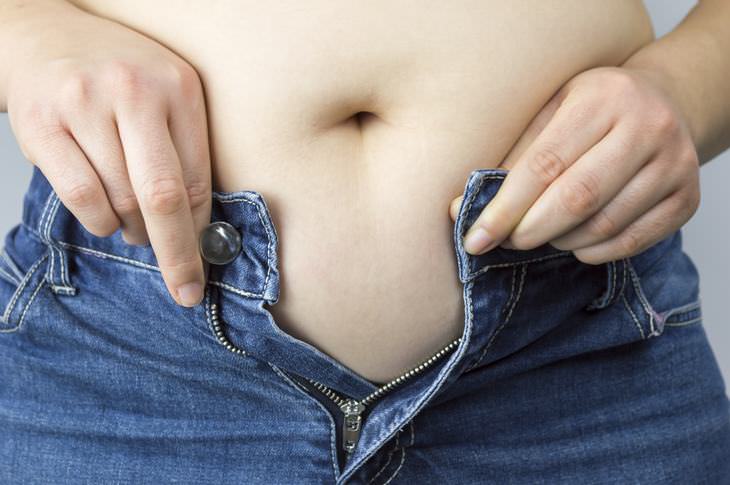
What is hormone resetting?
Hormones are biochemicals that every multicellular organism produces to orchestrate the way your mind and body behaves. Hormones are an essential part of the way males and females get energized, collect fat, combat stress and maintain muscle. Keeping your hormones in balance is a great way to ensure an energetic and happy life, though many people turn to expensive and possibly dangerous supplements. The information below reviews some basics behind the complex process of hormone resetting as discussed by Dr. Natasha Turner who broke ground and gave momentum to a natural wellness movement when she released her book, 'The Supercharged Hormone Diet'.
It all starts with a detox
When addressing hormonal imbalances there's a lot to consider: sleep, exercise, meal frequency and so on. The first thing you should focus on is eating the right foods in order to flush your body of toxins. There are particular foods that cause the digestive tract to become irritated which in turn sets the balance of your hormones off. Consequently, it encourages random food cravings, even when your body doesn't need the fuel. So, if you're eating when you shouldn't be and your hormones are unbalanced, you'll be accumulating fat and preventing it from leaving. A proper diet will help your body detoxify. Opt for foods that have beneficial anti-inflammatory properties.
What foods should you avoid?
If you are allergic to any type of food, even on a relatively harmless level, cut it from your diet. Stay away from foods that have a high glycemic index, this will encourage the food cravings described above. Foods that are rich in carbs and sugar, including white bread, soda, baked goods, pasta and most processed foods are foods you should avoid.
What foods should I eat
According to Dr. Turner, food with a low glycemic index to keep your hormones balanced are the foods you should eat. Foods that are high in fiber are best - so opt for bananas, artichokes, raisins, oatmeal, beans and nuts to help keep your digestive tract from irritation. When it comes to detox, make sure that you are getting enough water each day. Drinking approximately eight cups every day will help boost your metabolism and give your body a medium to flush out any unwanted toxins in the liver and the body.
Target specific fat areas

Sometimes people have fat deposits that are more problematic than others. Stubborn areas might seem to remain chubby because of biological misfortunes. There are certain types of supplements and food that you can use to target individual fat areas. This is what Dr. Turner recommends:
1. The belly
While we all have abdominal muscles, it's the fat on the stomach that keeps them from showing. One such cause is too much cortisol which could be a major factor behind the accumulation of stomach fat. Holy basil is an Indian herb that helps maintain healthy cortisol levels and is commonly taken in capsule form. The best foods for reducing cortisol include spinach, citrus, nuts, beans, and barley.
2. The back
While fat on the back and upper torso is less common than stomach fat, it is equally challenging to take on. It's also an indication that you have high insulin levels. Foods containing conjugated linoleic acid such as milk, yogurt, cheese, and beef will also help. You should also opt for whole grain options and green vegetables.
3. The glutes
If you have excess body fat on your bottom it could be due to high levels of estrogen. Opt for cruciferous vegetables such as broccoli, cauliflower, and cabbage which are high in estrogen-blocking phytochemicals. Chia, flax and sesame seeds have polyphenols that get rid of estrogen in the bloodstream. Pomegranates and red grapes are good fruit choices for lower estrogen levels as well.
Best diet: Eat glyci-med style
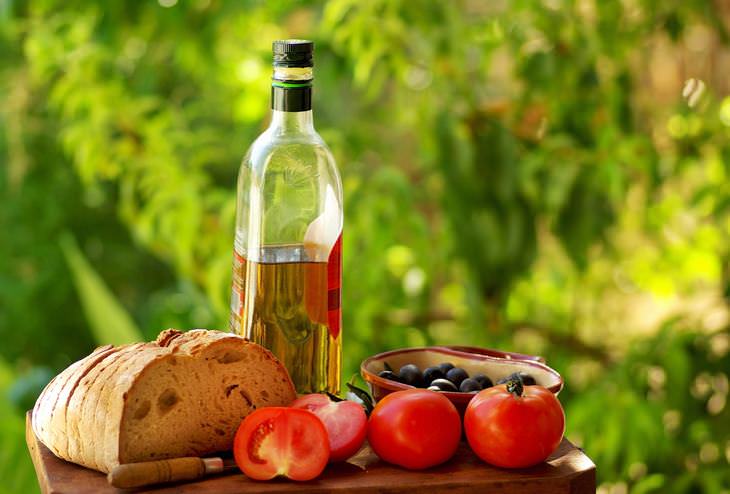
This is a new type of diet which is a twist on the classic Mediterranean diet. This is considered to be one of the best prescriptions for a long, healthy life. It focuses on the science behind glycemic index and carbs. This type of diet requires you to focus on the macronutrient - carbohydrates, fat and protein balance in your meals. According to Dr. Turner, a basic approach to the diet is aiming to consume twice as much fat and protein as you do carbs. This will help keep your stomach feel full and satisfied for longer periods and will keep you away from perilous craving binges. Your cortisol, insulin and estrogen levels will also stay at healthy mediated levels.
Quick tips to bear in mind
1. Protein powder is an essential tool to maintain this diet. You can add it into your water or milk, mix it into oatmeal, or bake it into recipes to make sure you aren't overloading on carbs with each meal.
2. While it may be tough to make a transition from sandwiches to salads, you'll reap the benefits. Try avoiding bread for at least one meal as this will make it much easier for you to balance macronutrients.
3. While fruit is fine in moderation, make sure you choose whole fruit over juices. Most juices have far less fiber and added sugars.
4. Be sure to keep your eye out for calories in drinks. Sodas and juices tend to contain more carbs than people realize. Look for calorie-free options like flavored water or opt for protein-rich alternatives such as milk.
5. Increase intake in nuts, dry red wine, buckwheat, pomegranates and almost any type of vegetable.
Try these hormone-reset recipes
Goat Yogurt and Blueberry Smoothie – Serves 1
Ingredients
1 serving whey protein isolate
1/2 cup plain goat yogurt
1/2 frozen banana
1/2 cup frozen blueberries
1 tbsp chia seeds
1/2 cup water
Directions
Combine all the ingredients in a blender and purée on high speed until smooth.
Crispy Chicken and Lettuce Wraps – Serves 1
Ingredients
• 1 small green apple, diced (unpeeled)
• 1/4 cup diced red bell pepper
• 1/4 cup diced cucumber
• 1 tbsp. finely chopped red onion
• 1 boneless skinless chicken breast (approximately 4 to 5 oz. each), cooked and diced
• 1/4 cup low-fat Greek yogurt
• 2 tsp. extra-virgin olive oil
• Salt and pepper to taste
• 1 small head of lettuce (4-5 leaves)
Directions
Combine all the ingredients except for the lettuce in a bowl and chill for one hour. Put the chicken mixture inside each lettuce leaf and roll into cylinders then serve.
 Go to BabaMail
Go to BabaMail



